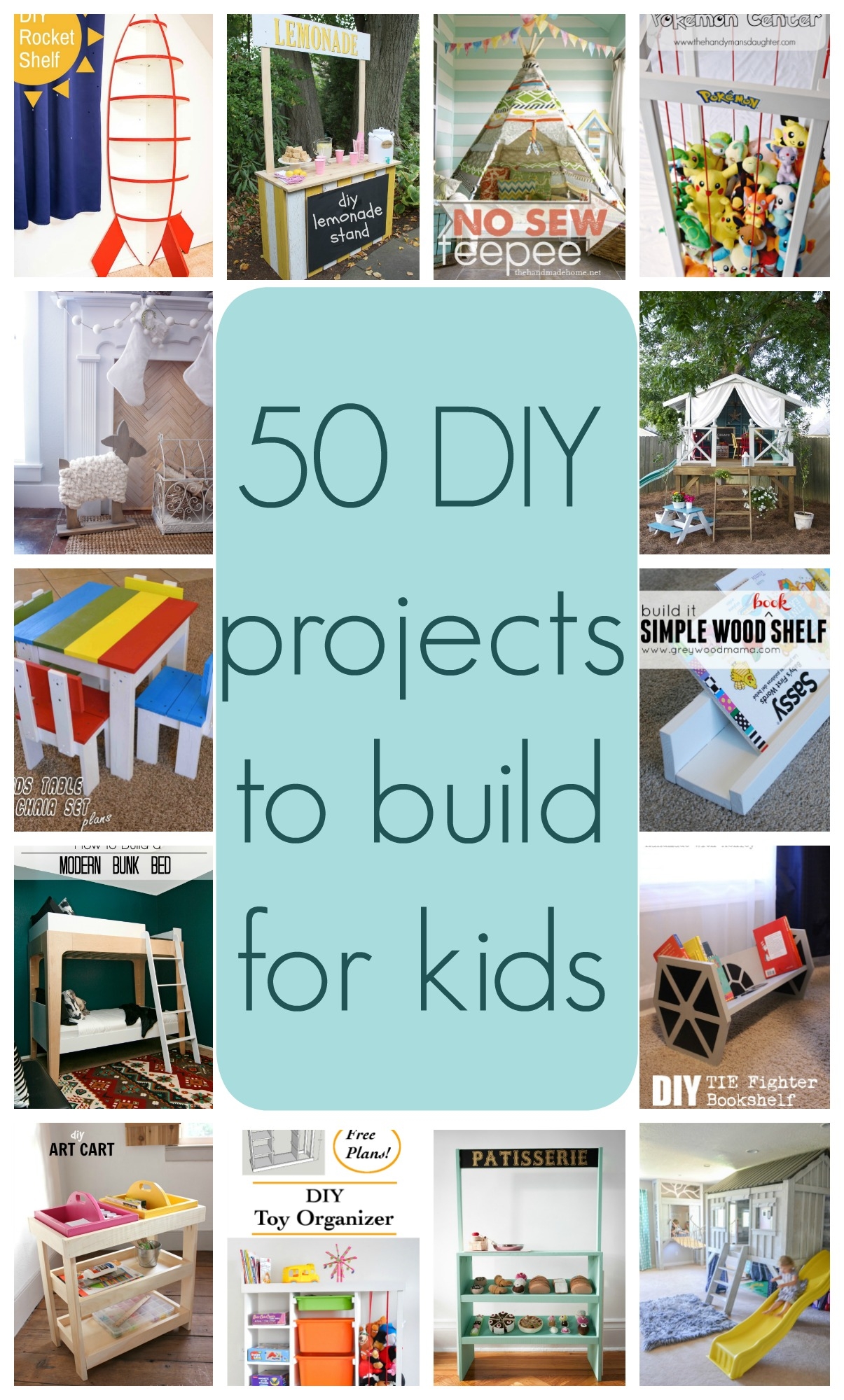 morningchores.com ```html
morningchores.com ```html Introduction: Building Your Own Foam Boat Building a foam boat can be a rewarding project, offering a lightweight, inexpensive, and customizable way to enjoy the water. This guide provides a detailed, step-by-step process to construct a simple, yet functional, foam boat. This project is suitable for calm waters only and should be approached with safety in mind. Always wear a life jacket when using your foam boat.
Materials and Tools Needed:
- High-density foam sheets (e.g., insulation foam or XPS foam) Thickness and quantity depend on the size of the boat you plan to build.
- Marine-grade epoxy resin
- Fiberglass cloth
- Mixing sticks and containers for epoxy
- Measuring tape
- Sharp knife or hot wire cutter
- Sanding block and sandpaper (various grits)
- Clamps
- Safety glasses and gloves
- Paint (optional, for waterproofing and aesthetics)
- Caulk gun and marine sealant (optional)
Step 1: Design and Plan Before you begin, sketch out your boat design. Consider the size, shape, and weight capacity. A simple flat-bottomed design is easiest for beginners. Determine the dimensions of each foam sheet needed for the hull, sides, and any other components. Draw a detailed plan or template. This is crucial for accurate cutting and assembly.
Step 2: Cutting the Foam Sheets Using your template and a sharp knife or hot wire cutter, carefully cut the foam sheets according to your plan. Accuracy is key to ensuring a well-fitting boat. Take your time and make multiple passes if necessary for thicker foam. For angled cuts, consider using a hot wire cutter for cleaner results.
Step 3: Assembling the Hull Once the foam pieces are cut, begin assembling the hull. Apply epoxy resin to the edges that will be joined together. Use clamps to hold the pieces in place while the epoxy cures according to the manufacturer's instructions. Ensure a strong bond by applying ample epoxy and allowing sufficient curing time. Consider using screws to hold larger sections together while the epoxy sets, but remove them afterward.
Step 4: Fiberglassing the Hull After the hull is assembled and the epoxy has cured, it's time to fiberglass the exterior. This will provide strength and waterproofing. Cut fiberglass cloth to fit the hull sections. Mix epoxy resin according to the manufacturer's instructions. Apply a layer of epoxy to the foam surface, then lay the fiberglass cloth on top. Use a brush or roller to saturate the cloth with epoxy, ensuring there are no air bubbles. Overlap the fiberglass cloth at the seams for added strength. Repeat this process for multiple layers if desired.
Step 5: Sanding and Smoothing Once the fiberglass and epoxy have cured completely, sand the entire hull to smooth out any imperfections. Start with a coarser grit sandpaper and gradually move to finer grits for a smooth finish. Pay attention to any sharp edges or rough spots.
Step 6: Adding Additional Features (Optional) At this stage, you can add additional features such as seats, a rudder, or a small deck. Construct these features from foam and fiberglass them in place, following the same process as with the hull.
Step 7: Painting and Sealing (Optional) To further waterproof and protect the foam, consider painting the boat with marine-grade paint. This will also enhance the aesthetics. Apply multiple coats for best results. Additionally, seal any gaps or seams with marine sealant to prevent water intrusion.
Conclusion: Enjoy Your Homemade Foam Boat! With patience and attention to detail, you can build a functional and enjoyable foam boat. Remember to always prioritize safety and use your boat in calm waters. This DIY project provides a cost-effective and customizable way to experience the joys of boating.
``` 122 Awesome Diy Pallet Projects And Ideas (furniture And Garden)
 morningchores.com
morningchores.com 30 Best Ideas Diy Projects For Toddlers
 therectangular.com
therectangular.com Triks And Tips For Anything: Small Projects For Woodworking
 treatmanual.blogspot.com
treatmanual.blogspot.com
0 komentar:
Posting Komentar